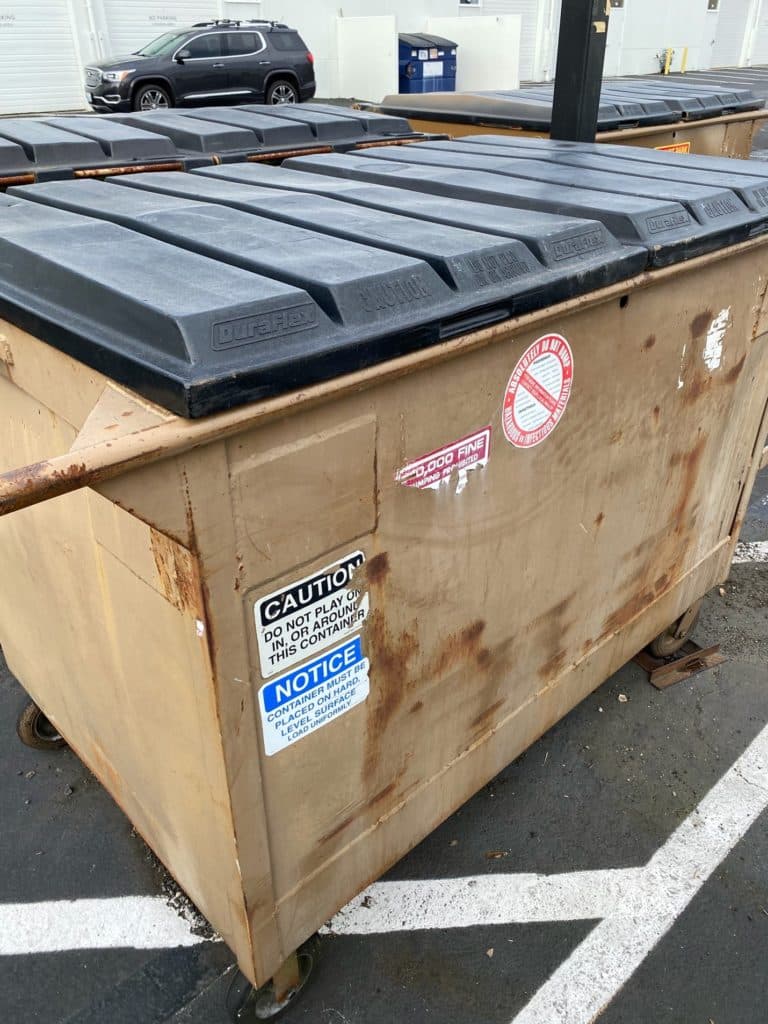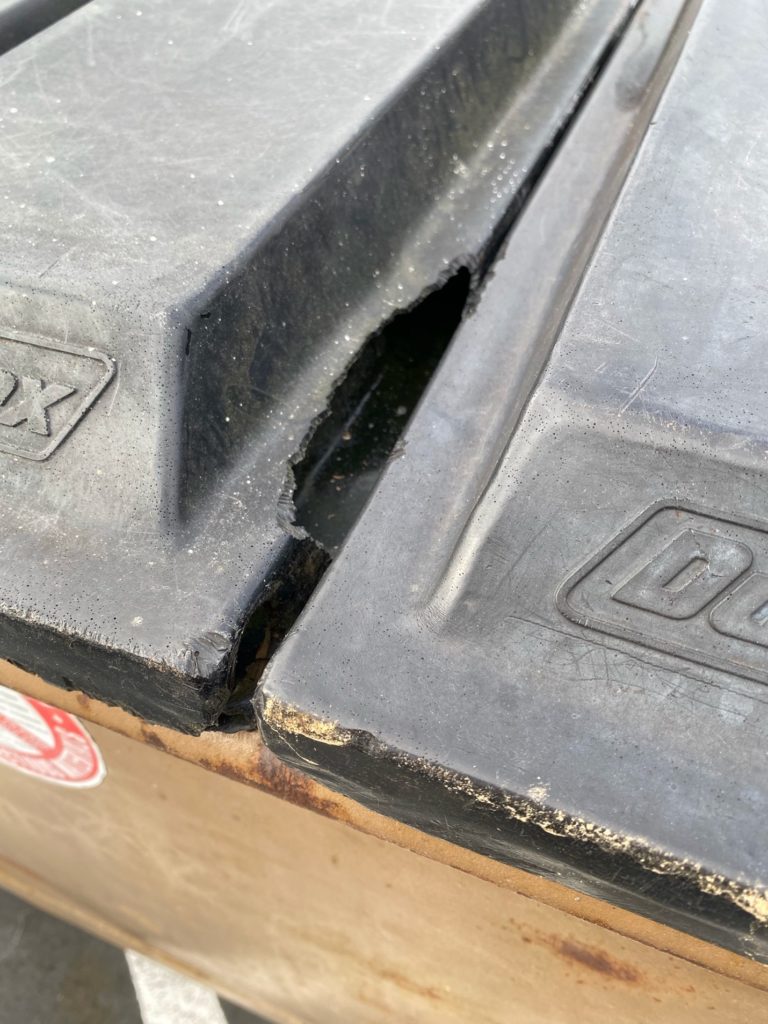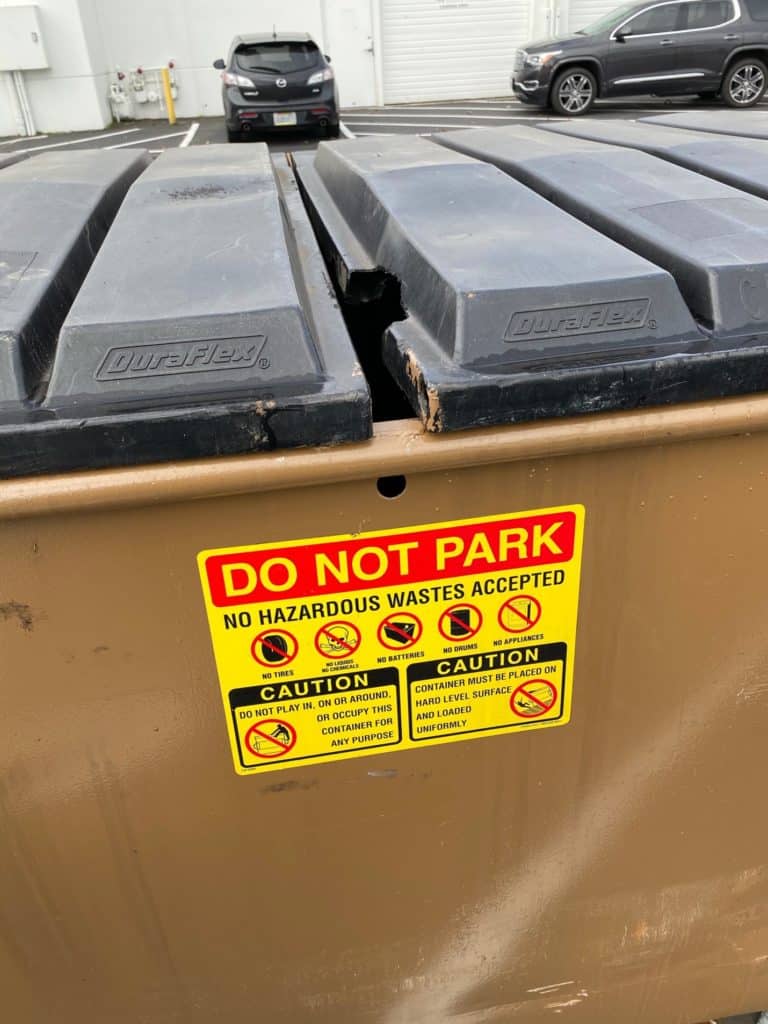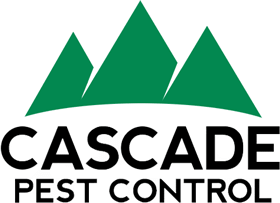Author: Kurt Treftz, Cascade Pest Control
Dumpsters and Rats
… and why it matters to you right where you live!
It’s probably obvious that rats are excellent dumpster divers. With dumpsters full of food scraps they can be a major source of nourishment for both species of rats found in the greater Seattle/Puget Sound region.
Dumpsters—oversized garbage cans—are used by commercial buildings such as restaurants, grocery stores and just about every office building. Dumpsters are also situated at multi family housing complexes such as condominiums and apartments. And whether they are properly maintained will make a dramatic difference as to whether these dumpsters will be feeding hordes of hungry rats.
But, what few people realize is that even if you live blocks from the nearest dumpster any dumpster within a mile that is supporting an infestation of rats will create a “population reservoir” of these nasty rodents which continually spreads throughout residential neighborhoods. Given western Washington’s temperate climate, abundant moisture and the fact that rats have displaced other indigenous species this is all they need to then launch deep into suburban developments.
It’s pretty obvious that rats and other rodents can thrive off food scraps in dumpsters located behind restaurants and grocery stores. With all the scraps left behind at every restaurant table, spilled French fries, aged produce and food in damaged packaging that are daily thrown away it’s little wonder that rats will be present. However, even dumpsters in office-warehouse facilities, where most of the bin is full of manufacturing and packaging waste, still have enough food leavings from employee lunches to support a number of rats.
Apartments and condominiums will predictably have kitchen garbage from every resident amounting to an enormous supply of rat food—all the staples needed to sustain and even bread rats.
From there it takes little for the thriving population of rats to spread outward. When a rat population gets too big they compete for space and instinctively wander out expanding their overall territory. And since residential neighborhoods also have pet food scraps, spilt bird food seed below feeders, garbage cans and more—rats are welcomed into expanding outward.
There are some things we can all do about dumpsters to help maintain a healthier environment by limiting roof rats and Norway rats:
- If you see a dumpster at a commercial location with any of the problems below let the management know they have a problem and that you are concerned. Give them some time to respond and if nothing changes contact the health department with your concern.
- If you have a dumpster at your commercial or multi-family housing site study the best practices below to avoid rat infestations.

Maintaining Dumpsters and Dumpster Areas to Avoid Rats
- Inspect Dumpsters and their surrounding areas periodically.
- Look for any signs of rat or other rodent burrowing in the ground around and near the dumpster. Note that rat burrows—usually indicating Norway rats—are often hidden behind objects or plants.
- Insure that dumpster lids are closed when folks are not actively dumping their garbage. And don’t allow over-filling or long objects that prevent the lids from closing properly. Don’t give rats an easy opportunity.
- Inspect dumpster lids where they meet the container to insure there are no gaps where rats and/or mice can get in. And, if your dumpster has a plastic lid, check for gnawing as rats can over time chew their way in, damaging the lids. If the lids don’t fit tight or are otherwise damaged have the dumpster replaced—the dumpster service provider is obligated to provide good quality dumpsters that prevent rats.
- Don’t allow vegetation to grow immediately around dumpster areas as tall grass or other shrubs provide cover for rats to hide, even during the day, and rats love to burrow next to plants as the plants hide the nest entrance hole.
- Watch that people aren’t sloppy—spillage while loading a dumpster can allow food to remain on the ground directly available to rats and other animals.
- Other things to do to maintain dumpsters and avoid rats are: Keep dumpsters on concrete pads, keep them 40 or more feet from buildings, and clean them regularly using a degreaser/disinfectant.
- Have Cascade Pest Control set up rat bait-stations next to dumpsters as well as around the perimeter of house or building. Cascade is uniquely experienced and qualified to detect and remove rat infestations.
A final word on dumpsters—dumpsters and their contents can not only feed rats but also attract other pests such as fruit flies, blow flies, mice, wasps and more.


Rat Control Services
Are you experiencing rat damage? Cascade Pest Control offers both home and commercial rat control services.
Call 888-989-8979 or Request a Quote today!
